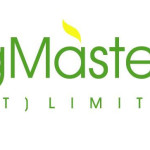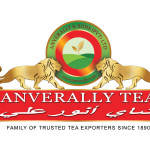Tea production is one of the main sources of foreign exchange for Sri Lanka (formerly called Ceylon), and accounts for 2% of GDP, generating roughly $700 million annually to the economy of Sri Lanka. It employs, directly or indirectly over 1 million people, and in 1995 directly employed 215,338 on tea plantations and estates. Sri Lanka is the world’s fourth largest producer of tea. In 1995, it was the world’s leading exporter of tea, (rather than producer) with 23% of the total world export, but it has since been surpassed by Kenya. (Source – Wikipedia)
Sri Lankan tea (known for generations as Ceylon Tea) carries behind it a heritage and success story like no other. A product that began as a diversification experiment in 1867 spanning just 19 acres of land has today surpassed all geographical borders to satisfy 19% of global demand. Reputed for its signature taste and aroma, Sri Lanka has become the world’s third largest tea exporter to the world, the country’s largest employer and has the distinction of supplying tea to the Olympic and Commonwealth Games. It is a great equalizer, demanding attention from the counter of the smallest eatery to the most exclusive tea-bars in the world. Ceylon Tea is also the cleanest tea in the world in terms of pesticide residues, a fact confirmed by the ISO Technical Committee. Sri Lanka was also the first to achieve the “Ozone Friendly Tea” label recognized under the Montreal Protocol Treaty and is the proud owner of the first Ethical Tea Brand of the World recognized by the United Nations Global Compact. (Source – Sri Lanka Export Development Board)








 English
English  简体中文
简体中文 



